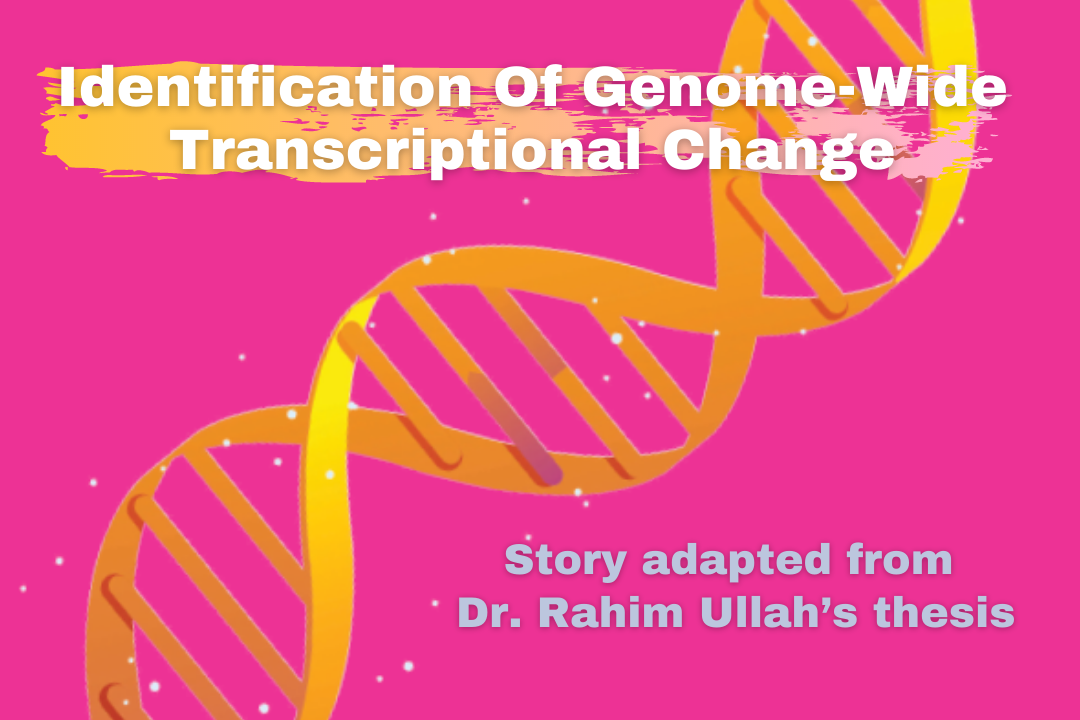
Identification Of Genome-Wide Transcriptional Change
Researchers from the Department of Biology at SBASSE have identified genome-wide transcriptional changes during trophoblast stem cell differentiation, a key event during placental development. This work from Dr. Rahim Ullah’s PhD thesis was carried out under the supervision of Dr. Amir Faisal and has been published in BMC’s Stem Cell Research and Therapy. This multidisciplinary research highlights collaborative efforts between various groups in Biology, including those of Dr. Aziz Mithani and Dr. Muhammad Tariq.
Differentiation of mouse trophoblast stem cells (TSCs) to trophoblast giant cells (TGCs) has been widely used as a model system to study placental development and function. While several differentially expressed genes, including regulators of TSC differentiation, have been identified, a comprehensive analysis of the global expression of genes and splice variants in the two cell types has not been reported.
The paper reports ~7800 differentially expressed genes in TGCs compared to TSCs which include regulators of the cell cycle, apoptosis, cytoskeleton, cell mobility, embryo implantation, metabolism, and various signaling pathways. It shows that several mitotic proteins, including Aurora A kinase, were downregulated in TGCs and that the activity of Aurora A kinase is required for the maintenance of TSCs. The paper also identifies hitherto undiscovered, cell-type-specific alternative splicing events in 31 genes in the two cell types. Finally, we also report 19 novel exons in 12 genes which are expressed in both TSCs and TGCs.
The data reported in this paper point to transcriptional diversity and differential transcriptome in mouse TSCs and TGCs that was not known previously. Differential expression of some of these genes indicates a shift in the functional properties of TGCs as they differentiate from TSCs. Functional validation of these genes will not only enhance our understanding of mammalian development but could also lead to finding ways to treat placental abnormalities and diseases which often lead to premature childbirth.

